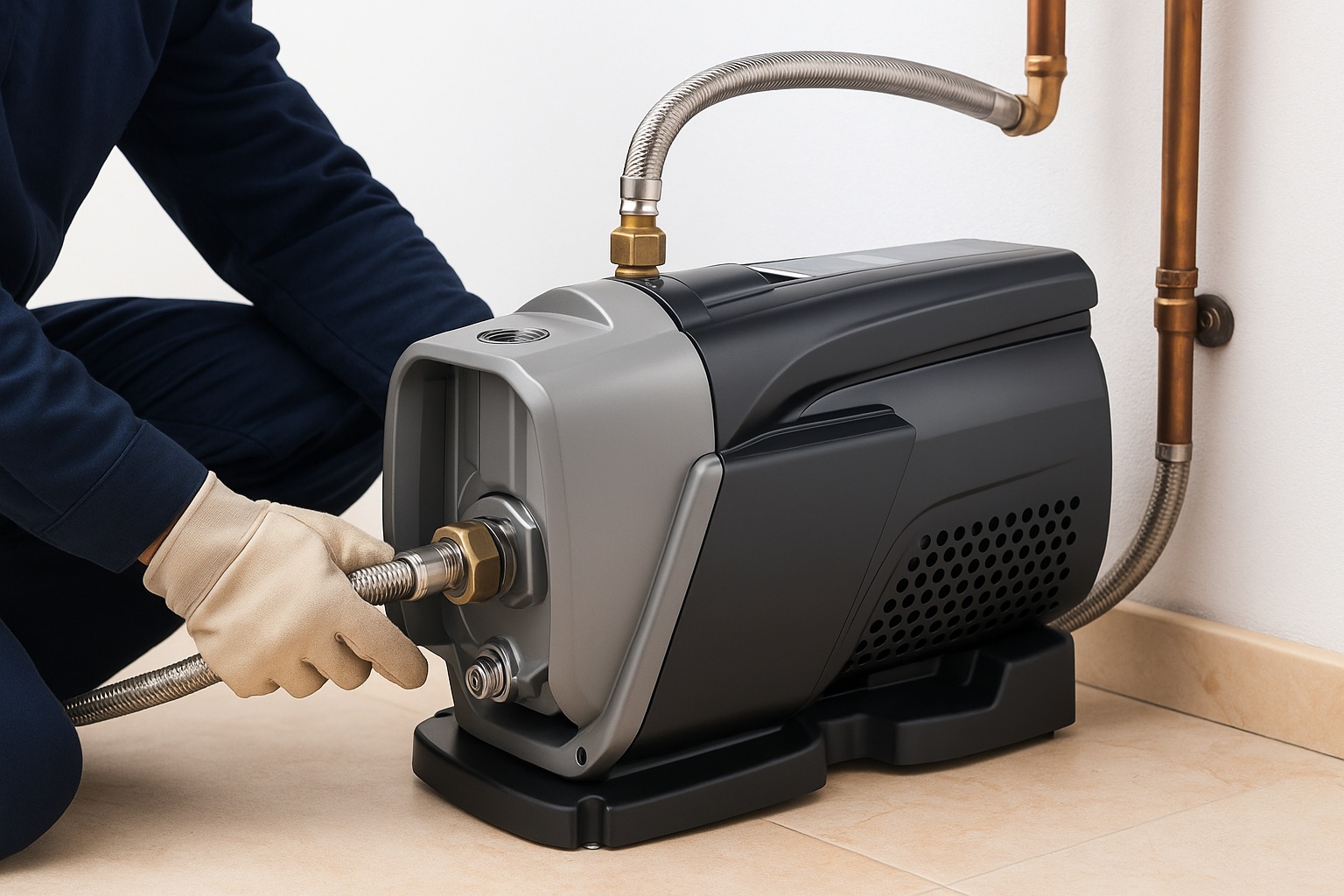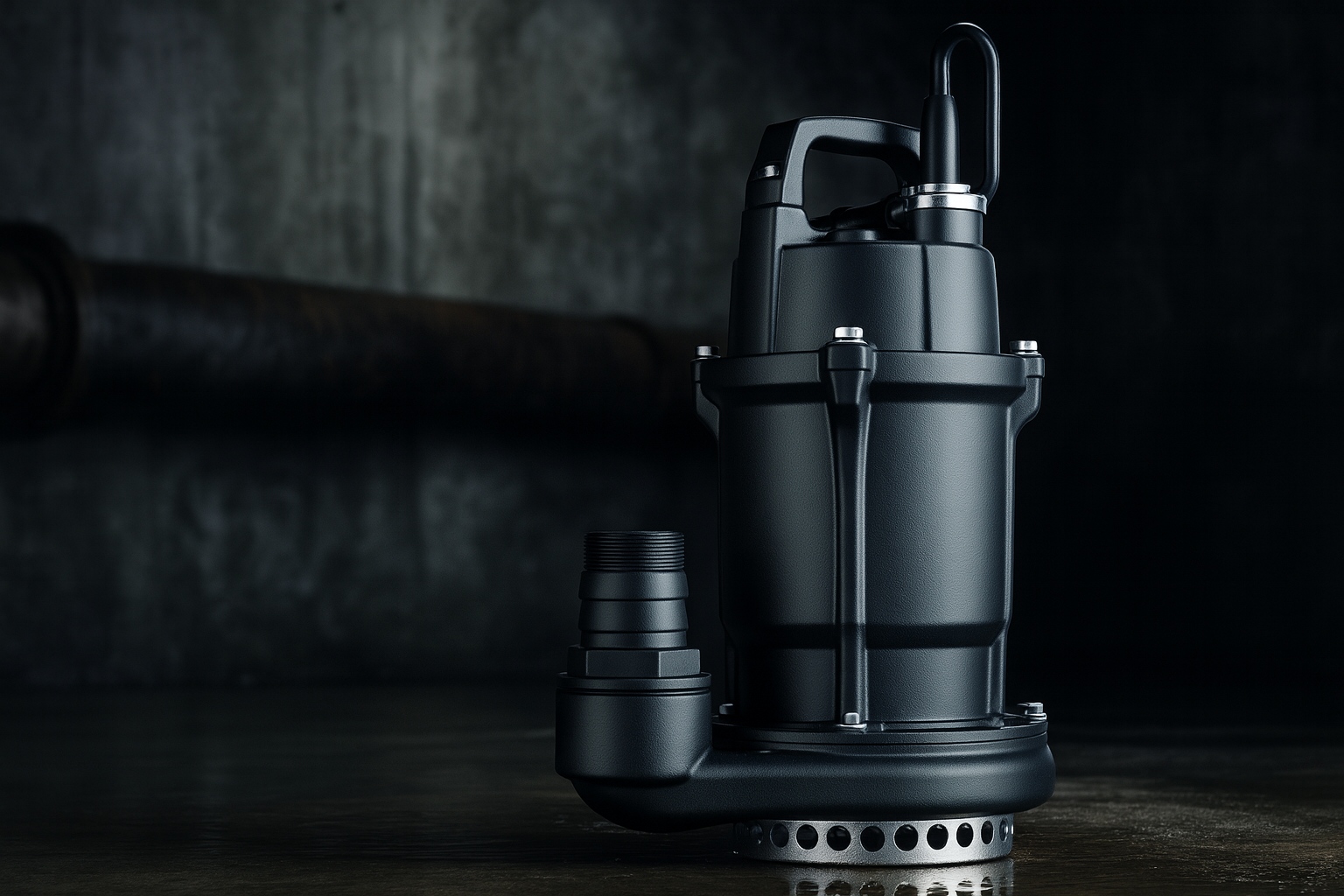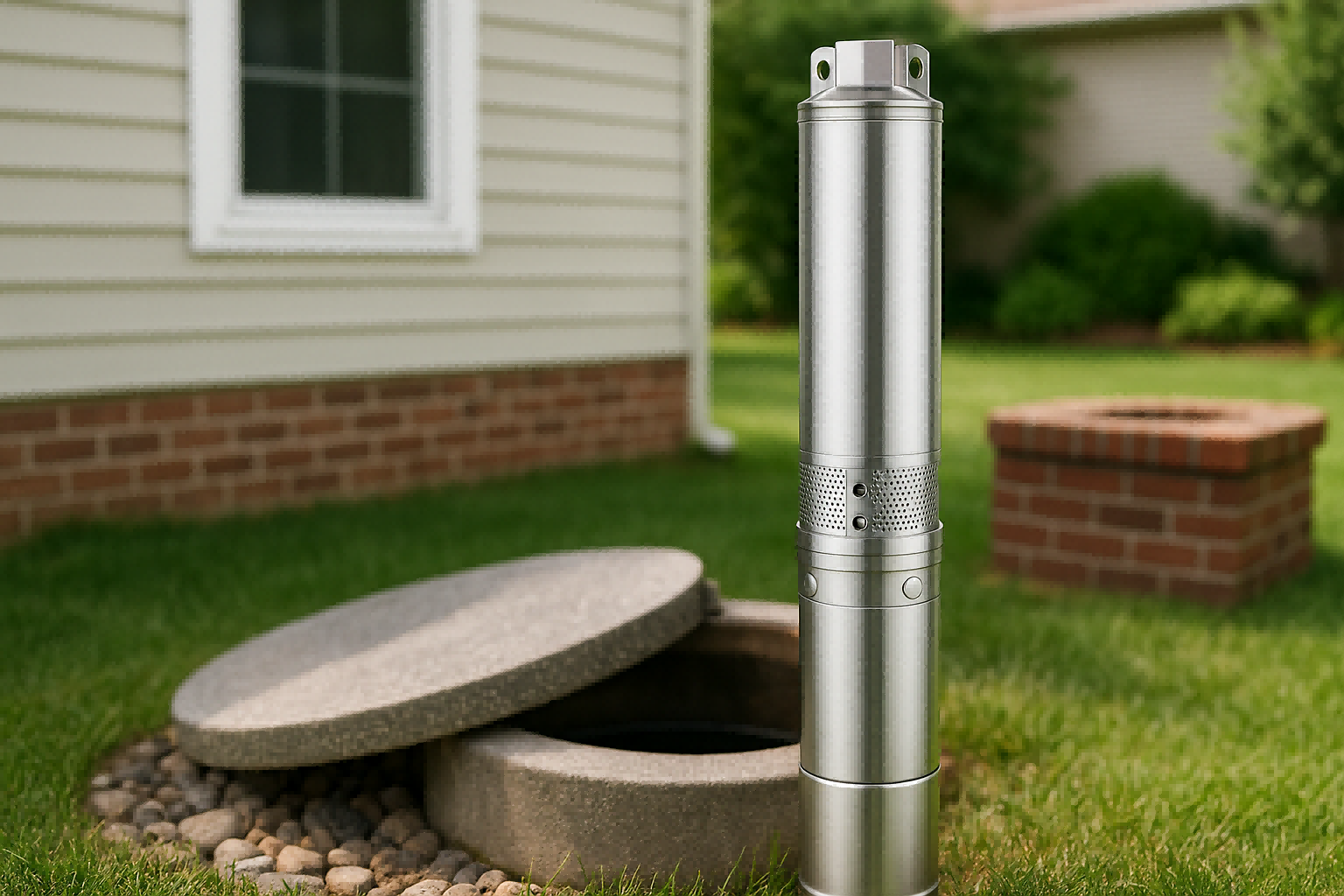Are you tired of weak showers and trickling taps?
Low water pressure can make simple daily tasks frustrating and inefficient.
A booster pump is the solution.
Selecting the right booster pump involves checking your flow rate, understanding local laws about connecting to the mains, and choosing a model that offers constant pressure.
Consider features like noise level for indoor use and robust materials to handle high inlet pressures for long-term reliability.

Choosing the perfect booster pump can seem complicated.
There are many factors to think about, from technical specifications to legal rules.
This guide breaks down everything you need to know.
We will walk you through the process step-by-step.
You can make an informed decision and finally enjoy strong, consistent water pressure throughout your home.
Let's get started on finding the right solution for you.
What is a booster pump?
Do you experience a frustrating drop in water pressure?
This can turn a refreshing shower into a disappointing dribble.
A booster pump solves this problem effectively.
A booster pump is a mechanical device connected to your plumbing.
It detects low water pressure and automatically increases it to your desired level.
This ensures a strong and steady flow to all your taps, showers, and appliances.
A booster pump is essentially a small but powerful motor with an impeller.
This device is designed to be installed within your home's water system.
Its main job is to increase the force of the water flowing through your pipes.
Think of it as adding a turbocharger to your water supply.
If you live in an area with low municipal water pressure, a booster pump is an essential upgrade.
It can also be crucial for multi-story buildings.
Gravity can reduce pressure on upper floors.
The pump compensates for this loss.
It makes sure every faucet in the house delivers water with consistent force.
This simple device can dramatically improve your daily comfort and the functionality of your home's plumbing.
Understanding the Technology
Modern booster pumps are more than just simple motors.
They are sophisticated systems designed for efficiency and intelligence.
Core Drive System
Advanced pumps use a combination of a Variable Frequency Drive (VFD) and a Permanent Magnet Synchronous Motor (PMSM).
This pairing is the heart of a high-performance system.
The VFD adjusts the motor's speed in real-time.
The PMSM provides high efficiency and quiet operation.
Together, they deliver a constant, stable water pressure.
No more fluctuations when someone else opens a tap.
Soft Start and Stop
A key feature for longevity is the soft start and stop function.
This technology gradually ramps the motor speed up and down.
It prevents the sudden jolt of a standard motor starting.
This process significantly reduces mechanical stress on the pump's components.
It also minimizes hydraulic shock, known as water hammer, in your pipes.
This protects your entire plumbing system from damage over time.
The result is a smoother, quieter, and more durable operation.
How does a booster pump work?
Have you ever wondered about the mechanics behind strong water pressure?
It seems like magic, but it's simple and effective engineering.
A booster pump makes this happen reliably.
A booster pump works by drawing water in, using a spinning impeller to pressurize it, and then pushing it out with greater force.
When you open a tap, the pump detects the drop in pressure and activates automatically to boost the flow.
The operation of a booster pump follows a clear, three-step process.
This process is what turns a weak flow into a powerful stream.
Understanding these steps helps you appreciate how the device improves your home's water system.
It is a cycle of detection, pressurization, and delivery.
The Pumping Cycle
- Water Enters the Pump: The cycle begins when water from your mains supply or a storage tank enters the pump through its inlet. The pump is essentially "on standby," waiting for a signal to act.
- Impellers Activate: When you open a faucet or shower, the system's pressure drops. A sensor in the pump detects this change. It immediately activates one or more impellers inside the pump chamber.
- Water Exits Under Pressure: These impellers are like small, high-speed fans for water. They spin rapidly, grabbing the incoming water and flinging it towards the outlet with a great deal of force. This action dramatically increases the water's pressure before it exits the pump and travels through your pipes to your appliances.
This entire process happens almost instantly.
Modern pumps can have single or multiple impellers.
The number of impellers often relates to the pump's power.
A multi-impeller system can generate significantly higher pressure.
This makes it suitable for larger homes or buildings with very low initial pressure.
The design ensures you get the boost you need, exactly when you need it.
What are the important features of a booster pump?
Are you unsure what to look for when buying a booster pump?
Many technical terms can be confusing and overwhelming.
Focusing on four key features simplifies the decision.
When choosing a pump, focus on its flow rate, pressure rating (bar), system type (positive/negative), and impeller design.
These features determine the pump's power, how it activates, and how much water it can move, ensuring it meets your home's specific needs.
Selecting the right booster pump requires a bit of knowledge.
You don't need to be a plumbing expert.
However, understanding the main features will help you match a pump to your household's demands.
These characteristics define the pump's performance and suitability for your home.
Let's explore each of these critical aspects in more detail.
Key Performance Metrics
| Feature | Description | Why It Matters |
|---|---|---|
| Flow Rate (Lpm) | The maximum volume of water the pump can move per minute. | A higher flow rate is needed for larger families or homes with multiple bathrooms to ensure adequate water supply to several outlets at once. |
| Pressure (Bar) | The force at which the water is pushed out of the pump. | A higher bar rating provides a stronger shower and faster-filling appliances. It directly translates to the "power" you feel at the tap. |
| System Type | How the pump activates. Positive head pumps need gravity-fed flow to start. Negative head pumps activate when pressure drops, even on level ground. | Your plumbing layout determines which type you need. Most modern systems use negative head (or universal) activation for flexibility. |
| Head Impeller | The internal component that pressurizes the water. Pumps can have single or multiple (twin) impellers. | More impellers generally mean a more powerful pump, capable of delivering higher pressure and flow rates for more demanding situations. |
Legal and Practical Considerations
You must also consider local water regulations.
In many areas, it is illegal to draw more than a specific amount of water directly from the mains.
This limit is often around 12 litres per minute (Lpm).
If your household needs more water than this, you can't just install a more powerful pump on the mains line.
You must first install a "break tank."
This is a storage tank that fills from the mains.
The pump then draws water from this tank.
This setup satisfies legal requirements.
It also ensures your pump has a consistent supply of water to draw from.
This prevents the pump from running dry, which can cause serious damage.
Always check with your local water authority before installation.
Do I need a booster pump?
Do you suspect you have low water pressure?
Weak flow can be a daily annoyance that seems hard to solve.
A simple test can confirm your problem quickly.
If you have low water pressure, you likely need a booster pump.
You can easily test this by timing how long it takes to fill a 1-litre jug from your tap or shower.
If it takes longer than 6 seconds, your flow rate is low.
Before you invest in a new pump, it's wise to confirm that low pressure is the real issue.
Sometimes, problems like clogged pipes or a partially closed valve can mimic low mains pressure.
Performing a flow rate test is a reliable first step.
It is an easy, no-cost diagnostic you can do yourself.
This test gives you concrete data to work with.
How to Perform a Flow Rate Test
All you need for this simple test are three items.
- A 1-litre measuring jug
- A timer (your smartphone will work perfectly)
- A calculator (optional)
Follow these three simple steps:
- Prepare: Place the measuring jug directly under the tap or showerhead you are concerned about.
- Measure: Turn the tap or shower on to its maximum flow setting and start your timer simultaneously.
- Evaluate: Stop the timer the moment the water reaches the 1-litre mark in the jug.
If the time recorded is more than 6 seconds, you officially have low water flow.
This indicates a pressure of less than 10 litres per minute.
This is generally considered low for a modern household.
A booster pump is a very likely solution to this problem.
We always recommend consulting a qualified plumber as well.
A professional can assess your entire system.
They can confirm that a booster pump is the right choice and recommend the correct size and type for your home.
What type of booster pump do I need?
Struggling with low water pressure despite a good mains supply?
The problem could be the pump's inability to handle pressure fluctuations.
A smart pump is the answer.
You need a constant pressure booster pump.
These intelligent pumps use a VFD to adjust their speed.
They only add the necessary pressure to reach your desired setpoint, ensuring a stable, comfortable experience regardless of inlet pressure changes.
Not all booster pumps are created equal.
Traditional pumps run at a fixed speed.
They add a set amount of pressure on top of the incoming mains pressure.
This can cause problems.
If the mains pressure is low, the boost might be perfect.
But if the mains pressure surges at night, the combined pressure could become dangerously high.
This can stress your pipes and damage the pump itself.
A modern constant pressure system eliminates this risk.
Constant Pressure vs. Fixed Speed
Let's look at an example.
Imagine your desired home water pressure is 58 psi.
| Scenario | Fixed Speed Pump (Adds 73 psi) | Constant Pressure Pump (Setpoint 58 psi) |
|---|---|---|
| Low Inlet Pressure (15 psi) | Total Pressure: 15 + 73 = 88 psi | Pump adds 43 psi. Total Pressure: 58 psi |
| High Inlet Pressure (29 psi) | Total Pressure: 29 + 73 = 102 psi | Pump adds 29 psi. Total Pressure: 58 psi |
| Very High Inlet Pressure (50 psi) | Total Pressure: 50 + 73 = 123 psi (Dangerous!) | Pump adds 8 psi. Total Pressure: 58 psi |
Advanced System Protections
The intelligence of a modern pump goes beyond just pressure control.
High-quality pumps feature a comprehensive suite of built-in protections.
This "electronic shield" safeguards the pump and your entire water system.
Key protections include:
- Dry Run Protection: The pump shuts down if it detects no water, preventing motor burnout. It will then periodically attempt to restart.
- Overheating Protection: Sensors monitor the motor and electronics temperatures, shutting the system down if it gets too hot.
- Voltage Protection: The pump is protected from damage due to power grid surges or brownouts.
- Antifreeze Protection: In cold climates, the pump will automatically run for a few seconds to prevent water inside from freezing and causing damage.
- Leak Detection: The system can detect small, persistent pressure drops, indicating a potential leak in your plumbing and alerting you to the problem.
These features ensure the pump operates safely and reliably for many years.
They represent a significant upgrade over basic models.
How do I Install a Booster Pump?
Are you considering a DIY installation for your booster pump?
It seems like a good way to save money, but it can be risky.
Proper installation is crucial for performance and safety.
While some booster pumps are designed for DIY installation, we highly recommend hiring a qualified plumber.
A professional ensures the pump is installed correctly, complies with all local regulations, and is set up for optimal, safe performance. The cost is a small price for peace of mind.
Installing a booster pump involves more than just connecting pipes.
It requires knowledge of plumbing, electrical systems, and local water bylaws.
An incorrect installation can lead to poor performance, leaks, or even damage to the pump and your home's plumbing.
While some manufacturers provide DIY kits and video guides, the expertise of a professional is invaluable.
The Installation Process
A professional installation typically involves several key steps.
- Site Assessment: The plumber will determine the best location for the pump. This is usually near the point where the mains water enters the house. They will also check for the necessary space and access to a power supply.
- Legal Compliance: The plumber will know the local regulations, such as the 12 Lpm draw limit from the mains. If you need a higher flow rate, they will advise on the necessity and proper installation of a break tank.
- Pipework: The plumber will cut into the main water pipe. They will install isolation valves on either side of the pump. This allows the pump to be serviced or replaced in the future without shutting off water to the entire house.
- Pump Connection: The pump is then securely fitted between the valves. Professional-grade connectors and flexible hoses are often used. These absorb vibration and reduce noise.
- Electrical Connection: The pump must be safely connected to your home's electrical system. This work should always be done by a qualified person to prevent the risk of electric shock.
- Testing and Commissioning: Once everything is connected, the plumber will turn the water back on. They will check for leaks. They will then test the pump's operation, setting the desired output pressure and ensuring everything functions as it should.
A typical installation takes a professional plumber between one and three hours.
The cost is a worthwhile investment.
It guarantees your new booster pump will work effectively and safely for years to come.
Conclusion
Selecting the right booster pump transforms your home's water pressure.
Focus on constant pressure technology and robust protections.
Always consult a professional for installation to ensure safety and compliance.
FAQs
What size water booster pump do I need for my house?
The size depends on your flow rate needs and the number of bathrooms.
A typical family home often requires a pump that can deliver at least 1.5 to 3.0 bar of pressure.
Can a booster pump be too powerful?
Yes.
An oversized pump can cause high pressure, stressing pipes and fixtures.
A constant pressure pump is ideal as it regulates the output to a safe, set level.
Do booster pumps use a lot of electricity?
Modern VFD booster pumps are very energy-efficient.
They adjust their motor speed to the demand, using significantly less electricity than older, fixed-speed models.
How long do water booster pumps last?
A good quality booster pump should last between 8 and 15 years.
Models with features like soft start and comprehensive electronic protections often have a longer lifespan.
Where should a water booster pump be installed?
It should be installed on the main water line after the meter, but before any branches.
Placing it in a dry, accessible location like a utility closet or garage is best.
Can I install a booster pump myself?
While technically possible for those with advanced DIY skills, professional installation is strongly recommended.
Plumbers ensure compliance with local codes and proper, safe operation.
Is a water booster pump noisy?
Noise levels vary.
Pumps with permanent magnet motors and VFD control are ultra-quiet, often operating below 50dB.
This is quieter than a typical conversation.
What is a break tank and do I need one?
A break tank is a water storage tank that separates the pump from the mains supply.
You legally need one if you want to draw more than 12 litres per minute from the mains.








